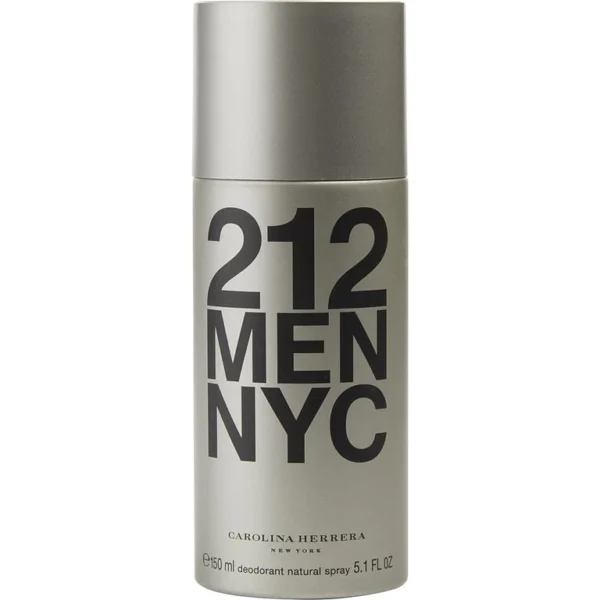Blog
Mastering Niche Engagement: A Deep Dive into Implementing Micro-Influencer Campaigns with Precision #3
In the increasingly fragmented landscape of digital marketing, engaging niche audiences through micro-influencers offers unparalleled opportunities for brands seeking authentic connections. Unlike broad influencer campaigns, niche micro-influencer strategies demand meticulous planning, deep understanding of influencer credibility, personalized outreach, and precise performance measurement. This comprehensive guide unpacks each step with actionable, expert-level techniques that enable brands to execute highly targeted campaigns that resonate deeply within specialized communities.
1. Selecting the Right Micro-Influencers for Niche Audiences
a) Criteria for Identifying Authentic Niche Micro-Influencers
Effective selection begins with establishing clear criteria rooted in niche relevance, audience authenticity, and influencer credibility. Instead of solely relying on follower counts, prioritize influencers with:
- Audience Alignment: Ensure their followers match your target demographic in interests, geography, and values.
- Content Authenticity: Look for consistent, genuine content that aligns with your brand’s niche, avoiding overly polished or spammy posts.
- Engagement Quality: Focus on engagement metrics beyond likes—comments, shares, saves—indicating active, interested followers.
- Influencer Credibility: Verify that the influencer’s expertise and reputation within the niche are well-established through prior collaborations or community recognition.
b) Tools and Platforms for Micro-Influencer Discovery
Leverage specialized tools that facilitate precise influencer discovery:
- Upfluence: Offers advanced search filters based on keywords, audience demographics, and engagement metrics.
- Heepsy: Provides detailed influencer profiles with audience authenticity scores and niche categorization.
- Manual Research: Combine hashtag analysis, community group monitoring, and platform-specific search (e.g., Instagram tags, TikTok sounds) for granular targeting.
Tip: Cross-reference influencers identified via tools with manual checks on their content and followers to mitigate fake followers and engagement.
c) Evaluating Influencer Credibility
Create a standardized evaluation matrix:
| Criteria | Assessment Method | Notes |
|---|---|---|
| Engagement Rate | Calculate as (total engagement / total followers) x 100%. Aim for >3% in niche markets. | High engagement often indicates active, genuine followers. |
| Content Quality | Review for authenticity, originality, and alignment with niche values. | Use a content checklist to rate clarity, professionalism, and authenticity. |
| Audience Authenticity | Use tools like HypeAuditor to assess fake followers percentages. | Aim for <10% fake followers for niche authenticity. |
d) Case Study: Vegan Skincare Brand
A vegan skincare brand aimed to partner with micro-influencers within cruelty-free and organic skincare communities. The process involved:
- Filtering influencers via Heepsy using keywords like “vegan skincare,” “cruelty-free,” and “organic beauty.”
- Evaluating engagement rates (target >4%) and reviewing recent content for authenticity.
- Cross-checking audience demographics with brand’s target market: primarily women aged 25-40, interested in sustainability.
- Final selection: 10 micro-influencers with niche expertise, high engagement, and genuine content.
2. Crafting Precise Outreach and Partnership Agreements
a) Personalizing Outreach Messages
Effective outreach must be tailored to each influencer’s voice and niche focus. Follow these steps:
- Research: Review recent posts to identify shared values or common themes.
- Template Customization: Use a base template but personalize openings referencing specific content or community interests.
- Specificity: Clearly articulate why their voice aligns with your campaign, citing particular posts or themes.
Sample Outreach Snippet: “Hi [Name], I’ve been inspired by your recent post on sustainable skincare routines. We’re launching a new cruelty-free line and believe your voice would resonate strongly with our community. Would you be open to discussing a collaboration?”
b) Negotiating Deliverables and Compensation
Clarity in agreements prevents misunderstandings. Key points include:
- Content Scope: Specify types (posts, stories, reels), number of pieces, and deadlines.
- Content Rights: Define whether the brand can repurpose influencer content or if exclusivity applies.
- Compensation: Decide between monetary payment, product gifting, or affiliate commissions, with clear payment schedules.
- Usage Terms: Clarify whether the content can be used in advertising or on brand-owned channels.
Pro Tip: Use a tiered incentive structure—higher compensation for higher engagement or dedicated content—to motivate quality deliverables.
c) Drafting Clear Campaign Briefs
A comprehensive brief minimizes ambiguity:
- Campaign Objectives: Clearly articulate goals—brand awareness, conversions, community education.
- Key Messages: Highlight core talking points aligned with niche interests.
- Content Guidelines: Include tone, style preferences, branding elements, and forbidden content.
- Performance Metrics: Define KPIs and reporting expectations.
d) Example Templates
Below are refined templates for outreach and partnership agreements:
Outreach Email Template:
Subject: Collaboration Opportunity with [Brand Name]Hi [Name],
I’ve been following your content on [platform], especially your insights on [specific niche topic]. We’re launching a newthat aligns with your values, and we’d love to explore a partnership.Would you be open to discussing details? Looking forward to connecting!
Best,
[Your Name] | [Your Position] | [Brand Name]
Partnership Agreement Highlights:
– Deliverables: [Number and type of posts/stories]
– Deadlines: [Dates]
– Compensation: [Amount or product]
– Content Rights: [Usage permissions]
– Disclosure: [FTC compliance statement]
– Review & Approval: [Process details]
3. Developing Tailored Content Strategies for Niche Engagement
a) Content Formats Resonating with Niche Audiences
Identify and leverage content types that foster trust and engagement within your niche:
- Tutorials & How-To Guides: Deep dives into niche-specific use cases, e.g., a skincare routine for sensitive skin.
- Unboxings & Reviews: Authentic product demonstrations that emphasize transparency.
- Storytelling & Personal Narratives: Influencers sharing their journey or experience related to the niche, building emotional connection.
- Community Challenges: Interactive campaigns like eco-friendly swaps or recipe contests.
b) Creating Content Guidelines
To preserve authenticity while aligning with brand goals, implement these steps:
- Tone & Voice: Specify language style—casual, expert, humorous—that resonates with niche community norms.
- Visual Style: Provide color palettes, logo usage, and aesthetic preferences.
- Key Messages: Highlight specific product features or values to emphasize.
- Prohibited Content: Clearly state what should be avoided, e.g., false claims or controversial topics.
c) Integrating Niche-Specific Language and Cultural References
Authentic content resonates when it reflects community vernacular and cultural touchpoints. Techniques include:
- Language Use: Incorporate local slang, idioms, or niche jargon thoughtfully.
- Cultural Symbols: Use references to events, traditions, or icons relevant to the community.
- Content Context: Frame product benefits within stories or scenarios familiar to the audience.
d) Practical Example: Sustainable Fashion Campaign
Step-by-step content plan:
- Week 1: Influencer posts a story about their personal journey to sustainable fashion, highlighting specific eco-friendly brands.
- Week 2: Host a tutorial video on DIY upcycling old clothes, using niche-specific hashtags like #ZeroWasteFashion.
- Week 3: Share unboxing of new sustainable collection, emphasizing transparency about sourcing.
- Week 4: Run a community challenge encouraging followers to share their eco-friendly outfits with a branded hashtag.
4. Implementing Technical Tracking and Performance Metrics
a) Setting Up Unique Tracking Links and Discount Codes
Use URL builders and custom codes:
- UTM Parameters: Append campaign-specific UTM tags to influencer links, e.g.,
?utm_source=influencerA&utm_medium=social&utm_campaign=sustainable. - Unique Discount Codes: Provide each influencer with a personalized code, e.g.,
SUSTAIN20, to track conversions directly.
Tip: Automate code creation via your e-commerce platform or marketing automation tools for efficiency and accuracy.
b) Using UTM Parameters for Traffic Analysis
Implement UTMs systematically:
- Generate unique UTM tags for each influencer or content type.
- Track link clicks, conversions, and bounce rates in Google Analytics.
- Set up custom dashboards to visualize performance metrics specific to niche campaigns.
Troubleshooting: Ensure all links are properly tagged; inconsistent UTMs lead to fragmented data.
c) Monitoring Engagement Beyond Likes
Focus on meaningful interactions:
- Comments & Replies: Measure quality and sentiment of discussions.
- Shares & Saves: Indicate content value and intent to recommend.
- Click-Through Rate (CTR): From UTM links, assess how many followers are moving from content to your site.
Tip: Use social listening tools like Brandwatch or Sprout Social to capture audience sentiment and emerging themes in real time.




